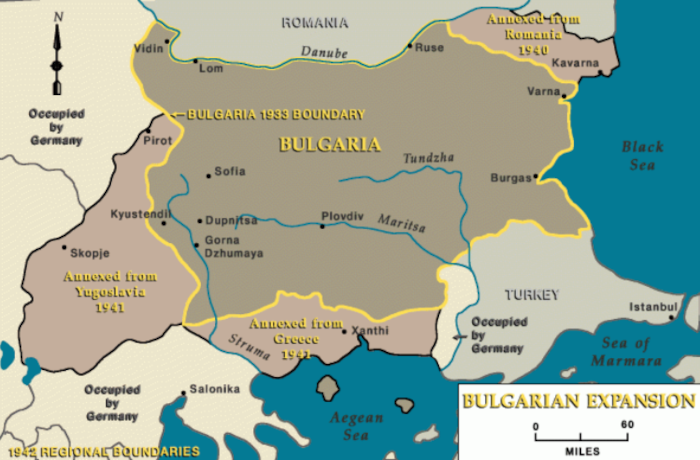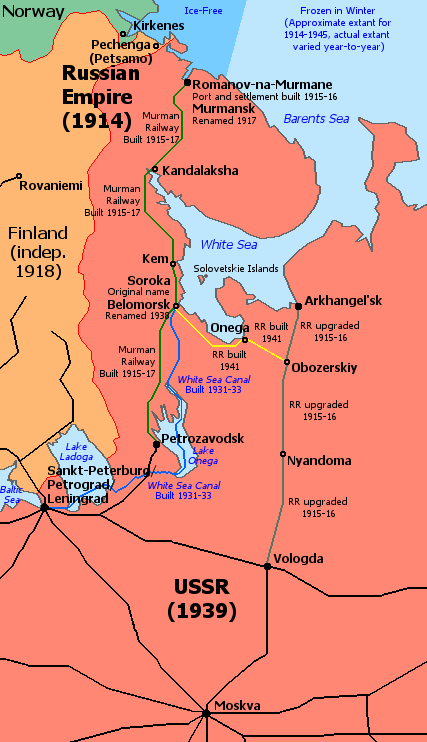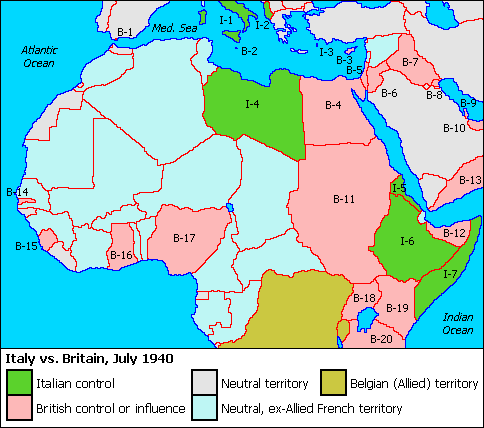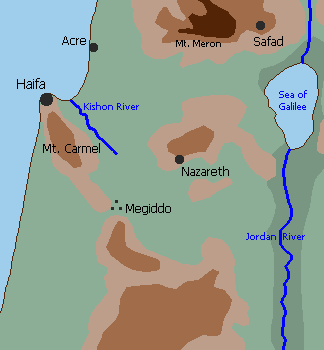
Articles and Scenarios
new!
Soviet Mountain Rifle Divisions

Soviet Mountain Troops
Organization of Soviet Mountain Rifle Divisions, 1936–1945 covers the organization and weapons of the Soviet mountain rifle troops from 1936 through 1945. The campaigns of these troops during the war with Germany are sketched out. An appendix also briefly covers the organization and campaigns of the Soviet mountain cavalry divisions, cavalry units specially organized for mountain operations.
new!
German and Soviet Punishment and Probation Units of World War II

Possibly the Soviet 8th Shtraf Battalion, 1945
German and Soviet Punishment and Probation Units of World War II: Many European countries fighting in World War II often needed more soldiers than they could recruit through conventional means, such as conscription or calls for volunteers. Some of these countries tapped alternative sources of personnel that normally were not allowed to serve as combat soldiers: civilians who had been convicted of crimes, and soldiers who had been court-martialled for military offenses or were being punished for various infractions. The two major totalitarian powers in the war, Nazi Germany and the USSR, used these sources of soldiers to a great extent. They also had a third source to tap: German citizens in German concentration camps or inmates in the Soviet GULag.
Bulgarian Order of Battle by Carlos A. Pérez Melón

Map of Bulgaria, 1933-42; Source: United States Holocaust Memorial Museum
This is a Europa-rated order of battle for Bulgaria in World War II.
Analysis of Soviet Tank and Mechanized Corps, 1942-1945

The Soviet 9th Mechanized Corps in April 1945 (T-34-85 tanks and SU-85M self-propelled gun)
This charts shows the total number of Soviet tank and mechanized corps in existence in 1942-1945, per month. It also shows how many of these corps were engaged in active operations each month. See the chart at Analysis of Soviet Tank and Mechanized Corps.
Please Consider Donating
The Classic Europa website and email groups are free to use for personal use. The website currently has no charge, no subscription, no commercial advestising, no tracking cookies (or cookies at all!). However, it costs money to keep this site going and to create new articles and other content for it. Similarly, its costs money to access the useful premium features that the Classic Europa email group uses. If you would like to help keep the Classic Europa website and email group going, please consider making a small donation. Thank you!
Russian and Soviet Northern Ports

Russian and Soviet Northern Ports from the start of World War I to the end of World War II
In 1914, the Russian Empire lost the use of most of its major ports soon after the outbreak of World War I. Russia had to turn to its backwater northern ports to import vitally needed weapons, materials, and supplies for its war effort. The empire embarked on an ambitious construction project to upgrade the existing ports and rail lines as well as building a brand new port and rail line there. However, the empire fell into revolution and after a civil war was replaced by the USSR. In 1941, history echoed when Germany invaded the Soviet Union, which quickly lost the use of most of its major ports. Once again, the northern ports became a major route for weapons, materials, and supplies to reach the USSR. Find out more about these ports in Russian and Soviet Northern Ports, 1915-1945.
High Tide of Empire
A Scenario for Wavell's War
High Tide of Empire is a Europa scenario for Wavell's War. It covers the brief Italian campaign in mid-1940 that seized British Somaliland from the small Allied garrison there. It represents the first and last campaign in World War II that Italy won without German assistance and thus in many ways marks the high tide of Mussolini’s “New Roman Empire”.

Italian Conquest of British Somaliland, 1940
Grande Fantasia Imperiale
A Scenario for Wavell's War
The Grande Fantasia Imperiale is a "historical-hypothetical" scenario exploring whether, with just a few reasonable changes in policy and preparations, Italy could have wrested north-eastern Africa and the Near East from Great Britain in 1940-41. Italy’s big chance came in the spring of 1940, with France defeated and Britain’s army abandoning its modern equipment in the Dunkirk evacuation. Since Britain had begun rearming for war late, British industry needed considerable time to replace these losses. Britain itself also faced a fight for survival, as the Luftwaffe soon attacked Britain in preparation for a German amphibious invasion of the country. Never again during the war would Britain be as weak.

The Mediterranean and Northern Africa Region, July 1940
The Carmel Plan
Adding the Carmel Plan to War in the Desert and Wavell's War
If the Germans had succeeded in defeating the British at El Alamein in 1942, the British might have been forced to withdraw from Egypt, Palestine, and nearby lands, leaving the 450,000 Jewish inhabitants of the British mandate of Palestine to their fates at the hands of the Nazis. The Carmel Plan was the Jewish plan to try to protect the Jews in Palestine from the Germans. This article, The Carmel Plan, covers the historical and geographical setting of the Carmel Plan and provides a set of house rules to add it to the Europa games, War in the Desert and Wavell's War.